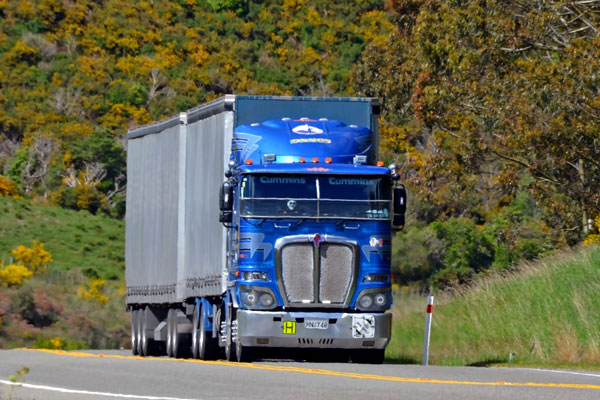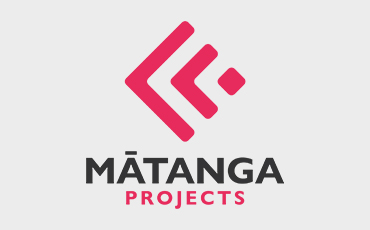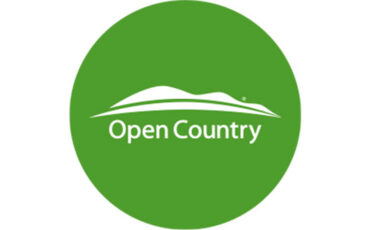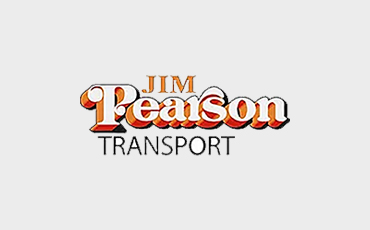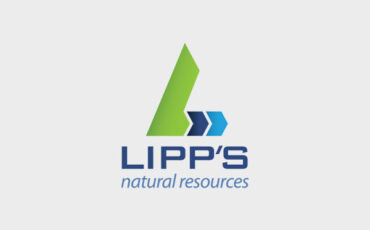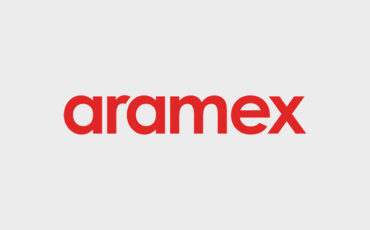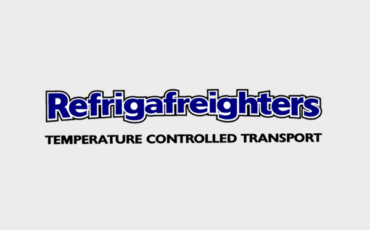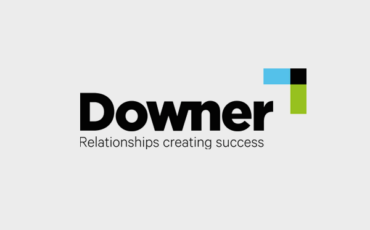How technology is helping Dynes Transport tackle driver fatigue
How technology is helping Dynes Transport tackle driver fatigue
Dynes Transport are on a mission to save lives and livelihoods. They paired together smart technology solutions from Seeing Machines and EROAD, and reduced their risk of driver fatigue and distraction to make sure all of their team members make it home safely at the end of the day – or night!
Dynes Transport is a transport business based in Dunedin in the South Island of New Zealand. They’ve been in business for over 50 years. They’re trusted by customers to safely and efficiently transport goods and materials across the country whether they’re hauling logs, transporting milk or carting wine for the harvest.
Fatigue is one of the biggest risks for fleets and drivers
Fatigue is a killer on our roads, yet it can be difficult to recognise. It’s not just falling asleep at the wheel. Long before you fall asleep, your reaction time and alertness are impacted. It can be hard to determine if fatigue was a factor in many crashes, however it was still identified as a contributing factor in .
Dynes adopted technology to reduce their biggest risks: speed, distraction and fatigue
“Every company should have a list of critical risks. The big ticket items that are going to cause major harm”, says Stephen Divers, Dynes Transport Risk & Compliance Manager.
Dynes are one of the first companies in New Zealand to roll out the Seeing Machines Guardian technology across their entire fleet of 150 vehicles. They’ve also installed EROAD’s dual facing, high definition Clarity Connected dashcams.
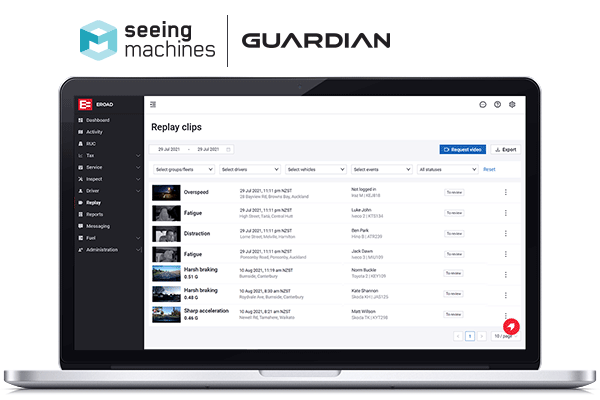
“As we released more and more Seeing Machines cameras in the cab, we found that the definition of the forward facing camera wasn’t quite sufficient to be able to identify other road users and registration plates”, adds Stephen, “that’s why we approached EROAD and said actually we like the Clarity Dashcam. We don’t have to download it from the hard drive on Guardian. We can request it online.”
The Seeing Machines integration with EROAD means that any footage from a fatigue or distraction event is uploaded straight into MyEROAD. From there, Stephen is able to see all the vehicle and driver data, including GPS location, the speed the driver was doing and even his logbook hours – together with high-definition video footage. It makes it easy for his Fatigue Coach to review any events and decide whether further action is needed, such as asking the driver to park up and take a break.
8 crashes in the last 9 months caused by other drivers
The professionals who drive on our roads every day for work are seeing some heart-in-mouth behaviour from other road users. Over the last nine months, eight of those bad calls by other drivers have resulted in crashes with Dynes’ vehicles – putting their drivers at risk.
“The reason why we’re quite hot on the whole fatigue topic is that we’ve had around 8 crashes in the last nine months where another vehicle coming in the opposite direction has crossed the centre line and struck some portion of our unit on the road. 2 of those were fatal, and in each of those 8 events we can hand-on-heart say our drivers were alert, responsive and not fatigued or distracted,” says Stephen.
EROAD’s accurate data and the high quality footage from these events, may not only exonerate their drivers quickly, it also puts their minds at ease, as Stephen added, “even though they were alert and attentive, there was nothing that they could have done to prevent that crash. And so we were very quickly able to supply that information to the police, to the commercial vehicle safety team. And we have their confidence that we’re doing something appropriate because it takes away the notion that the truck has crashed into the car.”
If it’s good enough for airline pilots, it’s good enough for Dynes Transport’s drivers.
There will always be a level of risk involved in Transport, but Dynes Transport aims to reduce the risk as much as possible. Using the same technology that’s being adopted by airlines to manage and monitor fatigue among pilots, Dynes is leading the way for advanced driver fatigue management in New Zealand’s transport sector.
Previously, like most fleets Dynes managed fatigue using logbooks, but as Stephen found “that’s a very blunt tool and it assumes that if you have a 10 hour break that you’re fully rested before your next work day. It’s a very poor way of managing fatigue. It is a minimum, but it doesn’t take into consideration human beings and the human aspect of fatigue.”
“Fatigue was one of those unknown risks for us, and we didn’t know how widespread it was, and it’s been a wake up call for all our managers. Because every company will turn around and say we don’t have a problem with fatigue, but it’s only when you actually start seeing fatigue events that you realise you do. Then you can develop controls to reduce or remove the risk.”
Treating fatigue as a health issue, not as an HR issue
By focusing on the human aspect of fatigue, and through the monitoring they’ve put in place with Seeing Machines and the wrap around support of health care partners, Dynes have not only reduced fatigue events, they’ve also significantly impacted the lives of four of their team members.
“We developed a fatigue management process policy that’s effectively around treating fatigue as a health issue first and foremost, not as a HR issue,” adds Stephen, “we’ve now got four of our staff members that are on CPAP machines that weren’t before the introduction of guardian fatigue management cameras. They no longer have fatigue events. They might yawn in the cab occasionally, but that’s it.”
The 1.5 second rule
Fatigue starts long before someone falls asleep at the wheel. Seeing Machines’ Guardian technology uses advanced biometrics to constantly monitor for signs for fatigue or distraction that a human might miss as Stephen explains, “the camera that sits in the cab is only ever looking for two eyes, a nose, and a mouth and it’s effectively looking for either a distraction where you’re looking away from the direction out the front of the cab for more than 1.5 seconds, or it’s looking for your eye closure for 1.5 seconds.”
When it detects a fatigue or distraction event, the Guardian system vibrates the seat, sets off an audible alarm in the cab and the video is automatically sent to Guardian’s 24 hour centre for verification prior to being uploaded to MyEROAD for the manager to view if needed and our Fatigue Coach will start to monitor. But when the system is triggered multiple times, that’s when the Dynes team step in to make sure their drivers are safe, either asking the driver to take a break or swapping out the driver if required. Where more than one event is recorded, this will start a series of decisions based around assessing the driver by our health provider and actions on sleep monitoring to evaluate the quality of a drivers sleep & rest.
Reducing fatigue and distraction
Since rolling out the Seeing Machines and EROAD Clarity Dashcams into their fleet, Stephen says, “what we find is we have a base of fatigue that is, you know, so many events per month. Very few of those are repeated fatigue events. Which is good. The challenge that we really found ourselves in is monitoring and managing the distraction.”
What can seem like a quick glance at a phone screen can be costly on the road when you’re travelling at 100km per hour, “most times if we see a distraction event, they could have travelled hundreds of metres within 3 seconds.”
“We developed a vehicle risk policy and that is around speed, distraction, cell phone use and seat belts because they’re the big ticket items that concern us for distraction. Speed is a distraction because it limits your ability to react to a situation. It’s not just unlawful.” As well as having visibility of speeding events in MyEROAD to support conversations with drivers, EROAD’s posted speed feature, and drive buddy provide in-cab feedback to their drivers to encourage them to drive within the speed limit in the moment.
Using dashcams to record examples of dangerous driving on the roads
Some of the Dynes team have 20, 30 or 40 years of driving experience. They’ve seen some heartbreaking incidents, and some heart stopping near misses in their time but they’ve never had a way to really show others what they’ve seen when they’re spending 40-70 hours a week on our roads. Now they do, with the help of EROAD’s Clarity Dashcam.
Sending some of the worst clips of very dangerous manoeuvres to the police, the high definition footage captured by the EROAD Clarity Dashcam, including clear licence plates, along with a GPS plot of the location gives police enough detail to take action. There have been 15-20 tickets issued to people as a result. But for the team at Dynes, the purpose of what they’re doing goes far beyond tickets.
“It’s not just about the tickets, that’s not our interest. The CVST are doing a great job because what they’re doing is actually showing the other motorists their actions and educating the driver. Seeing a high definition video of that really hits home and makes the driver realise the risk they have taken. And that might be a parent of a 17 year old on a restricted license making a poor driving decision and taking a risk. We all have a role to play in making roads safer and the CVST are an important safety associate for our industry. ”
Protecting drivers privacy
At first, the drivers were skeptical of all this monitoring technology going into their cabs because despite the benefits, as Stephen says “it’s still a camera looking at them in the cab”.
Stephen took the initial idea to their People’s Council which a number of their drivers sit on. “The natural reaction is that if you don’t want something in the cab like a camera, you put a hat over it or something like that. We don’t have those instances now because through our actions, we’ve shown that we’re not there to spy.”
The Seeing Machines Guardian and EROAD Clarity Dashcam only send short video clips to MyEROAD when there’s been an event like fatigue, distraction, harsh braking or speeding. Fleet managers can’t just log on and see what their drivers are doing any time of the day, as Stephen says “we’re not phoning drivers up to say we’ve seen you picking your nose can you stop doing that please. Our interest is purely on the safety of the driver and the safe operation of the vehicle.”
Looking after drivers, makes for better business
Dynes have made an investment in their team to put this technology into their fleet, and the health partners that provide support when something is picked up – like their four team members who are now on CPAP machines to treat their sleep apnoea. It’s all part of their ethos as a company, and why their customers love working with them.
“You want a company that knows what they’re doing, that’s looking after their people, that’s monitoring the things that they need to – such as fuel burn and so forth. But also that we don’t have a rotating door of drivers which means that we have experienced people, and once they’re inducted into your premises and have experience with your product, you’re not having to re-train anybody. This reduces incidences of harm and near miss events when a safety event might occur.”
If you want to look after your drivers, and understand how your fleet could benefit from an advanced fatigue and distraction monitoring solution, get in touch with us to arrange a demo.


